- Have any questions?
- +86-189 8930 5995
- sales@mosinterchem.com.cn
Monopotassium Phosphate CAS 7778-77-0

Sodium Hydrosulphite CAS 7775-14-6
19/12/2018
Potassium Sulphate CAS 7778-80-5
19/12/2018| Model: | MOS 7778-77-0 |
| Brand Name: | MOSINTER |
| CAS No.: | 7778-77-0 |
| Melting point: | 252.6 °C(lit.) |
| Density: | 2.338 g/mL at 25 °C(lit.) |
| Storage condition: | Store at RT. |
| Form: | powder |
| Soluble: | 222 g/L (20 ºC) |
| Solubility: | H2O: 1.5 M at 20 °C, clear, colorless |
| Sensibility: | Hygroscopic |
Monopotassium Phosphate(CAS: 7778-77-0)
| Item | Index |
| Appearance | White or colorless crystal |
| Assay(KH2PO4), %≥ | 98.0 |
| Phosphorus pentoxide, % ≥ | 51.5 |
| Potassium oxide (K2O), %≥ | 34.0 |
| PH | 4.4-4.8 |
| Moisture, %≤ | 0.20 |
| Water insoluble, %≤ | 0.10 |
Monopotassium phosphate, MKP, (also potassium dihydrogen phosphate, KDP, or monobasic potassium phosphate),
KH2PO4, is a soluble salt of potassium and the dihydrogen phosphate ion which is used as a fertilizer, afood additive
and a fungicide. It is a source of phosphorus and potassium. It is also a buffering agent. When used in fertilizer mixtures
with urea and ammonium phosphates, it minimizes escape of ammonia by keeping the pH at a relatively low level.
Single crystals are paraelectric at room temperature. At temperatures below −150 °C (−238 °F) they becomeferroelectric.
Applications
Fertilizer-grade MKP powder contains the equivalent of 52% P2O5 and 34% K2O, and is labeled 0-52-34. MKP powder is
often used as a nutrient source in the greenhouse trade and in hydroponics.
As a crystal, MKP is noted for its non-linear optical properties. Used in optical modulators and for non-linear opticssuch as
second-harmonic generation (SHG).
Also to be noted is KD*P, potassium dideuterium phosphate, with slightly different properties. Highly deuterated KDP is used
in nonlinear frequency conversion of laser light instead of protonated (regular) KDP due to the fact that the replacement of
protons with deuterons in the crystal shifts the third overtone of the strong OH molecular stretch to longer wavelengths,
moving it mostly out of the range of the fundamental line at ~1064 nm of neodymium-based lasers. Regular KDP has
absorbances at this wavelength of approximately 4.7–6.3%/cm of thickness while highly deuterated KDP has
absorbances of typically less than 0.8%/cm.
You must be logged in to post a review.

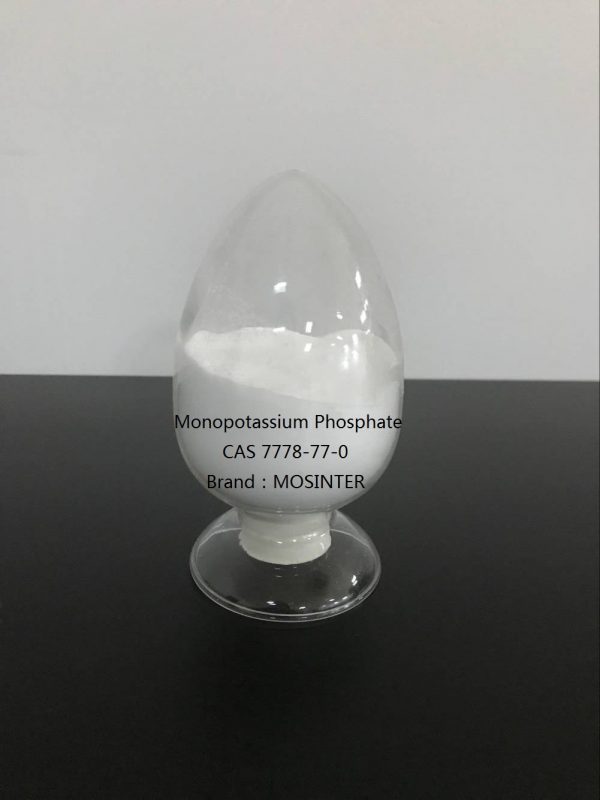
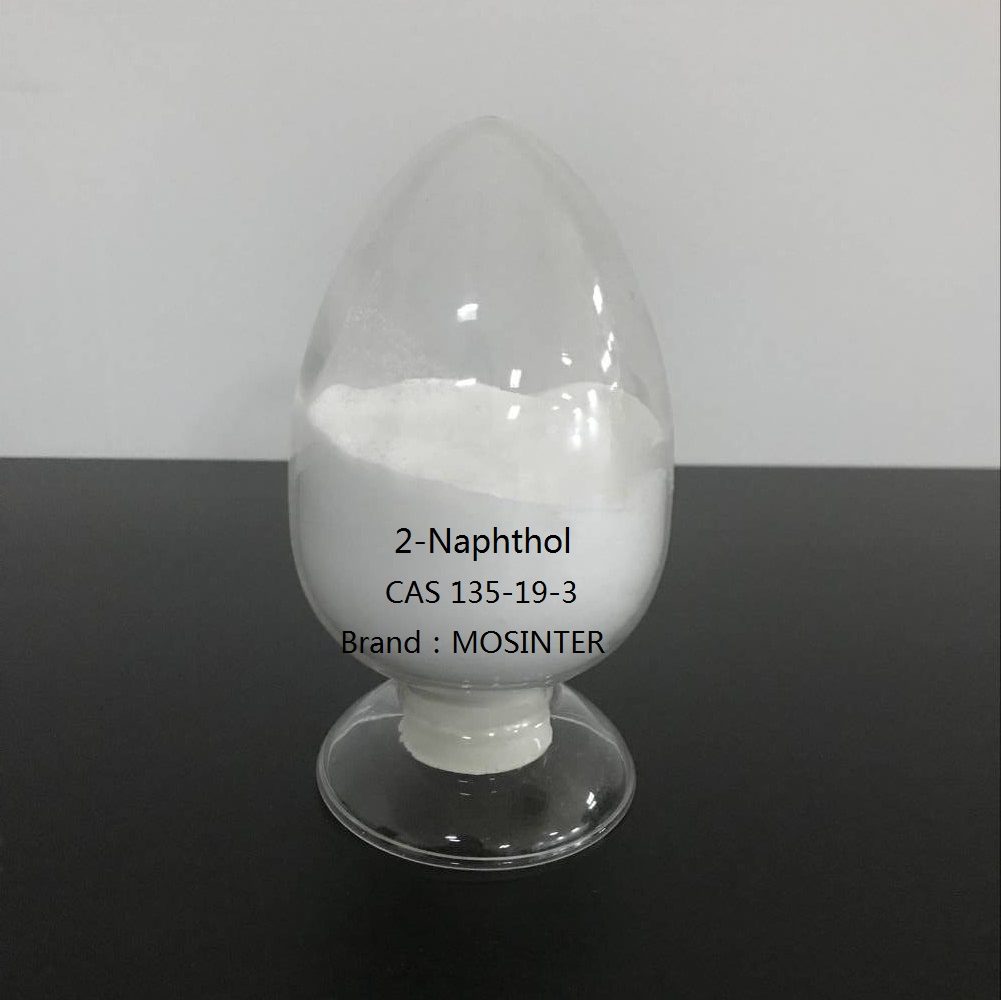
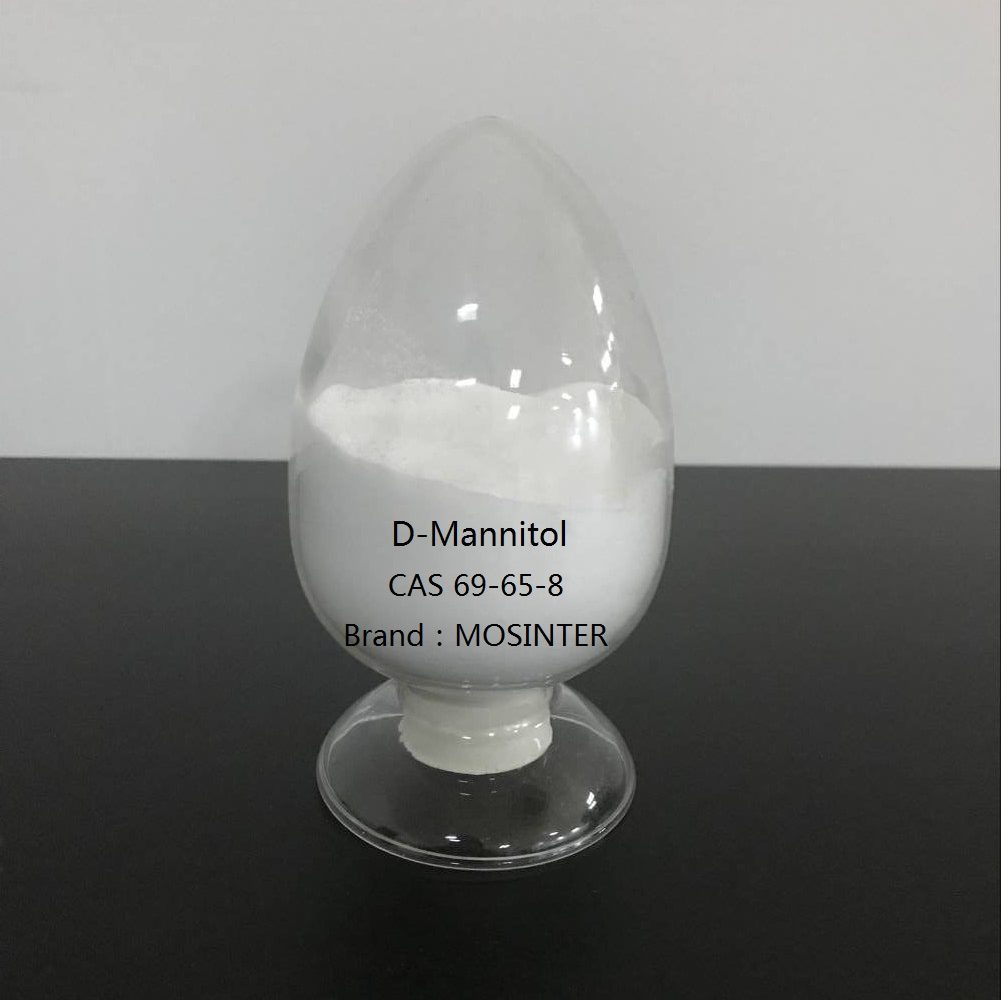
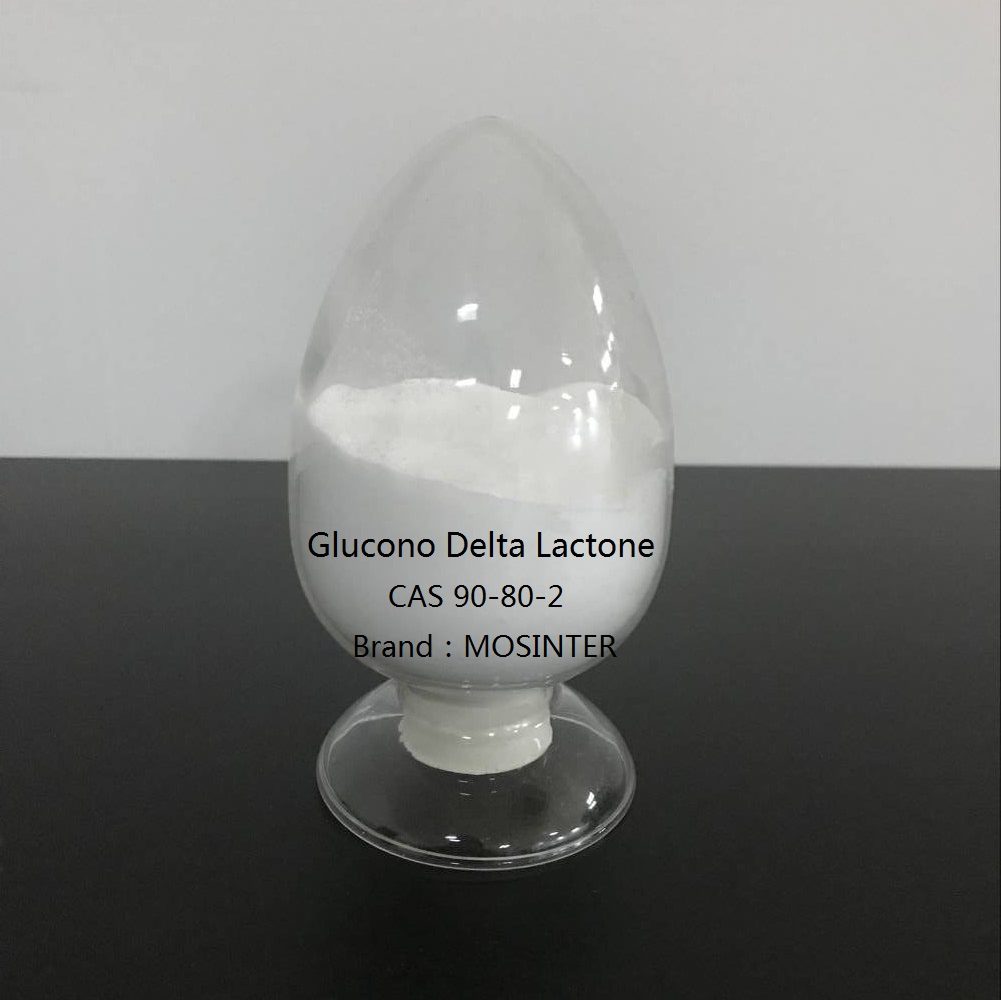
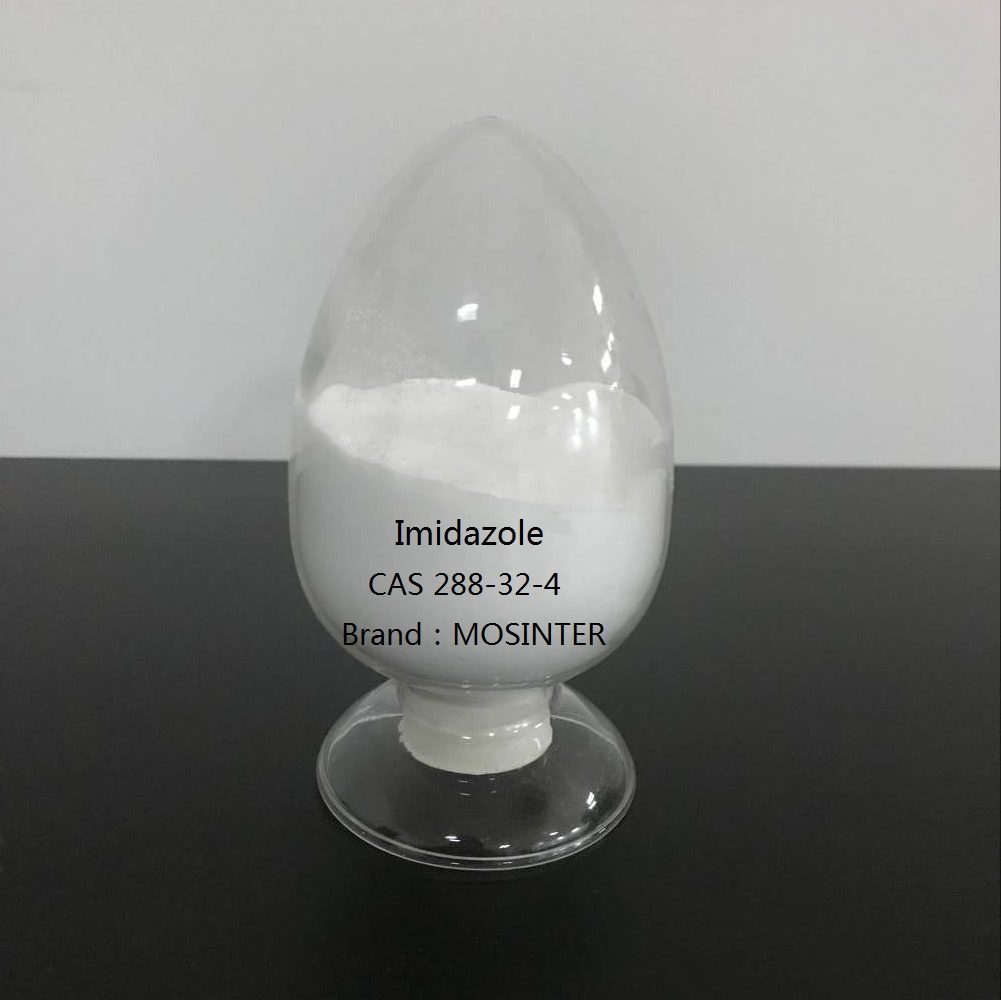
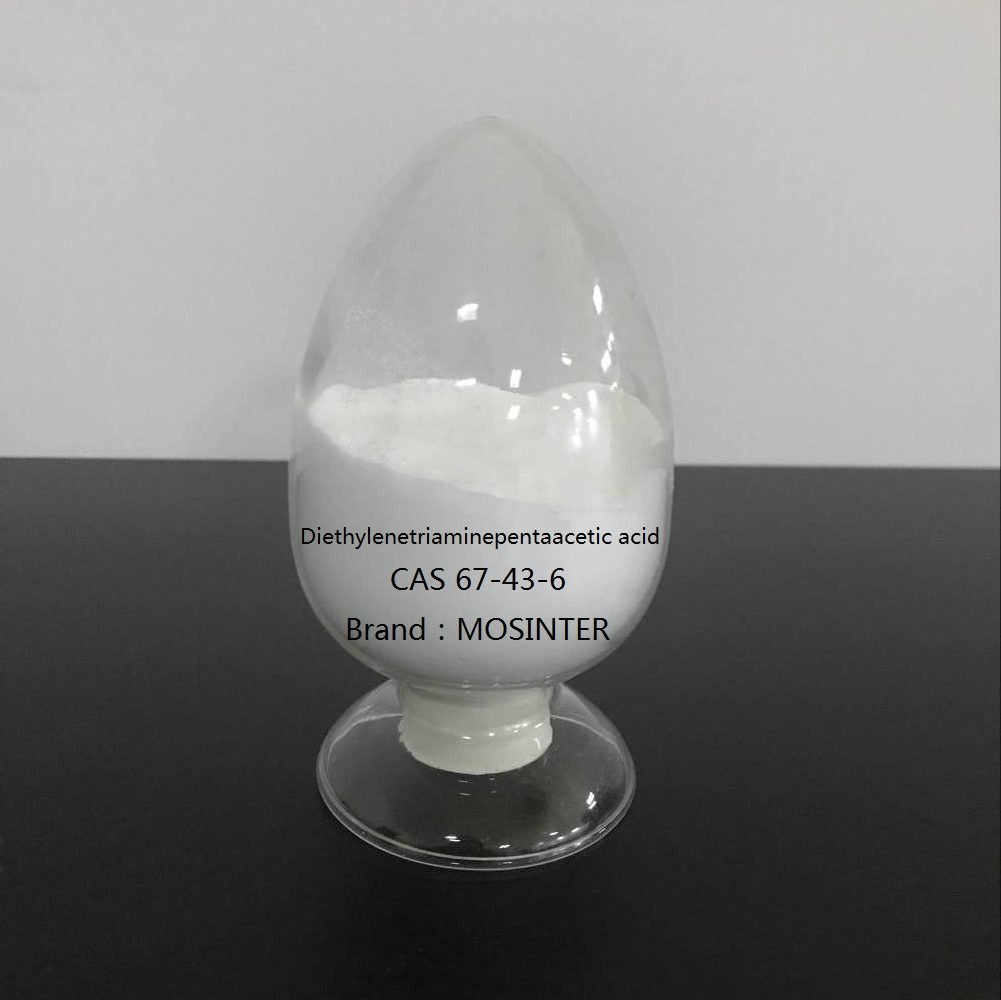
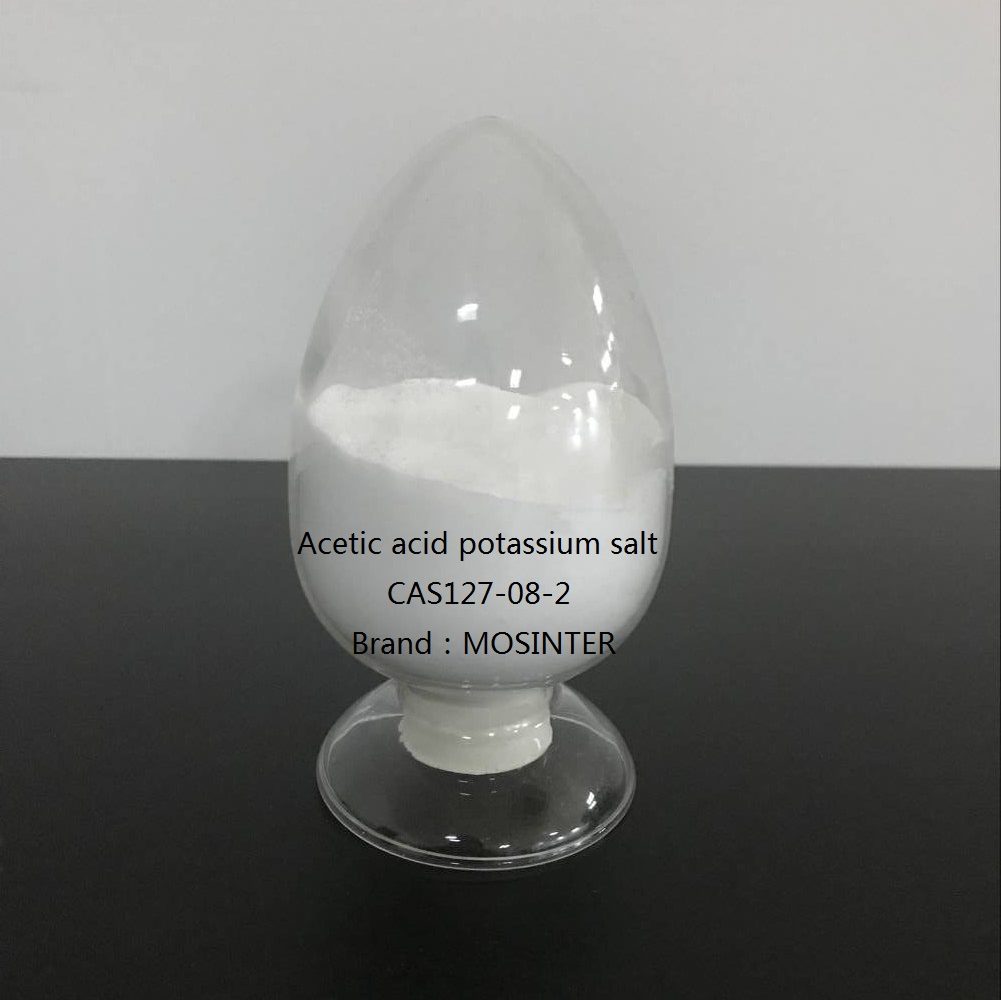
Reviews
There are no reviews yet.